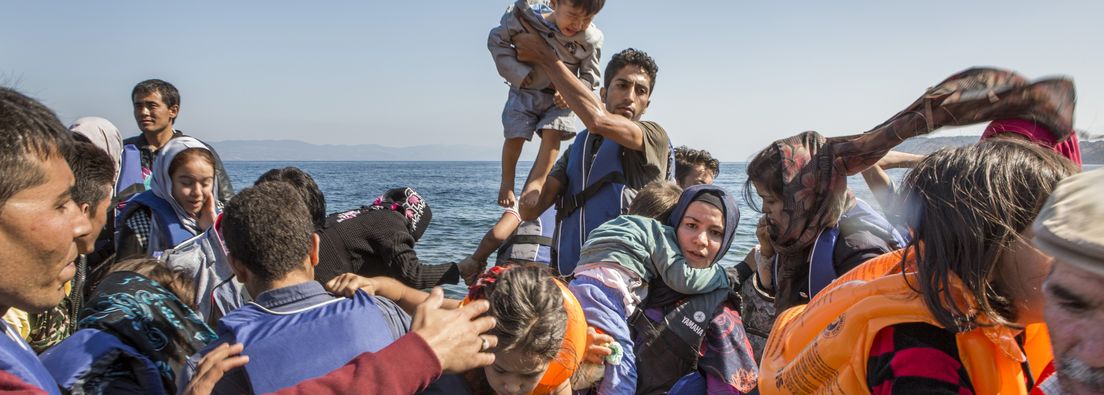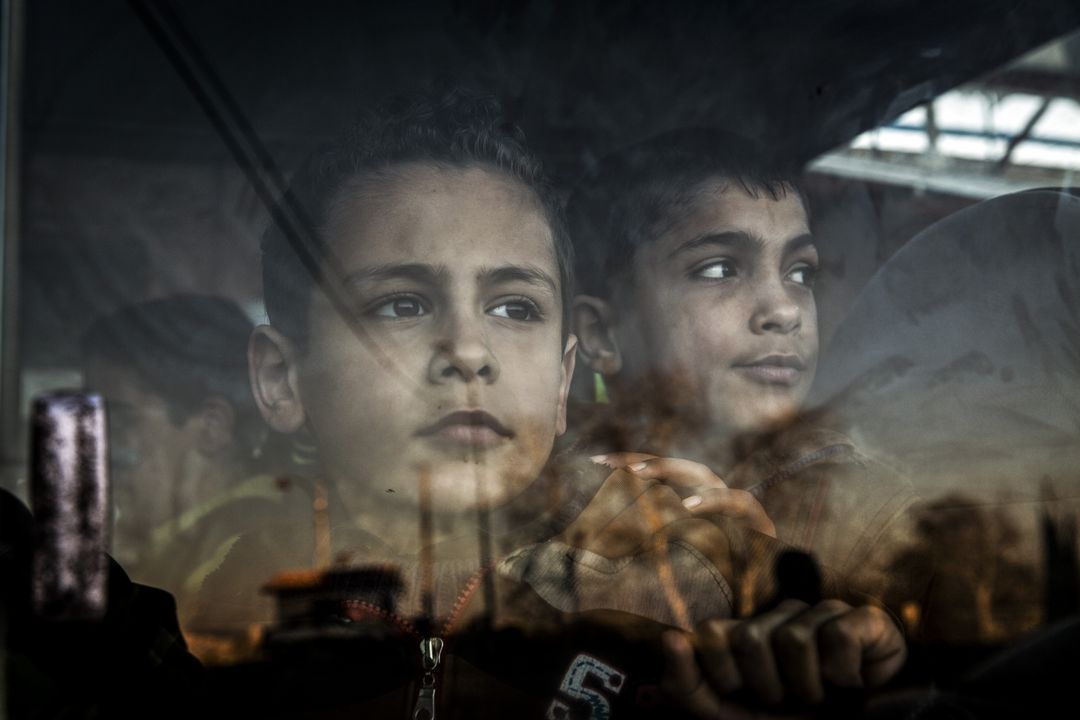International law makes a distinction between those who have had to flee their homes and for whom it is too dangerous to return home, and those who travel to another country ‘of their own free will’. The aim of the asylum process is to answer the extremely challenging question of whether someone is a refugee or a migrant.
Definitions
Refugees
Refugees are individuals who have been forced to flee their countries for fear of being persecuted on account of their religion, nationality, race, political views, or membership of a particular social group. The asylum process helps to determine whether someone is a refugee and thus unable to return to their country of origin. Refugees are entitled to protection under the Geneva Refugee Convention, which the United Nations approved in 1951. Today, the Convention remains the international legal cornerstone of refugee protection, defining who qualifies as a refugee and setting out the rights and obligations of refugees in their host countries.
Individuals qualifying for international protection
Individuals who qualify for international protection are not fleeing persecution. Instead, they are people who would face serious danger, e.g. in the form of military conflict, unrest, or environmental/natural disasters, if they returned to their home country. Unlike those who migrate for economic reasons, such individuals – along with refugees – do not enjoy the protection of their home country.
Asylum seekers
Asylum seekers are individuals who have applied for asylum in a foreign country, i.e. admission into the country in question and protection from persecution, and whose asylum process is still ongoing.
Migrants
Migrants leave their country to improve their lives and/or to find work and/or for family reasons. They can return home without fearing for their safety. While states are largely free to decide whether to take in migrants, they are obliged by international treaty to grant protection to refugees. Most migrants travel legally to their country of stay, but in many cases are only able to reach their destination via dangerous routes and with the help of people smugglers.
Internally displaced persons
Internally displaced persons leave their homes for reasons similar to those of refugees. Unlike refugees, however, internally displaced persons have not crossed an international border and remain in their country of origin.
Stateless persons
Having a nationality is a matter of fact for most of us. However, over 10 million people are stateless worldwide, of whom many are refugees. There are various reasons for statelessness, such as discrimination against specific population groups, the redrawing of national boundaries, and gaps in citizenship legislation. Stateless persons often have no access to education, healthcare and the job market. Not only are they unable to open a bank account, but they often cannot even get married.


